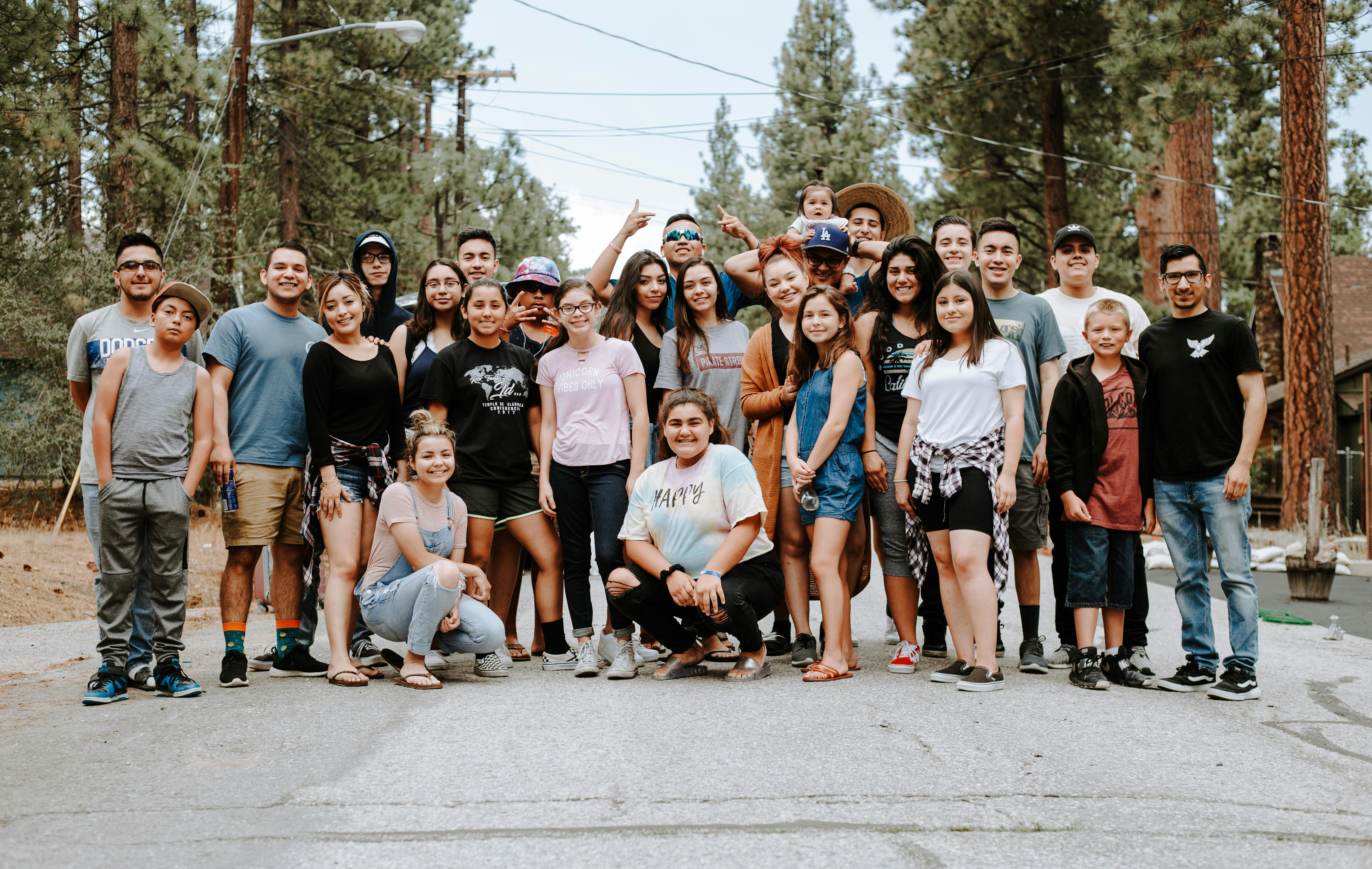What you need to know:
Links- A link is a connection between one webpage to another. Search engines value links because if many links are pointing to the same website, then the website is deemed to be important and is given a higher pagerank (range 1-10) or level of importance. Having inbound links from “quality” sites will boost your websites SEO campaign more than any other factor.
If we think of keywords as the means to tell search engines what your site is about, then links are the channels that tell search engines how important your site is. Links are also where your nonprofit can truly shine. Other websites are generally more willing to provide a link to an informational or nonprofit organization making link recruitment considerably easier.
Link Recruitment Strategies- There are three basic strategic approaches to acquiring links:
1. Get as many links as possible
2. Get a few high quality links
3. Have a combination of quantity and quality links
Having a combination between quality and quantity is currently the most effective and recommended strategy. Remember, search engines do not value all links equally and neither should your organization. Having some low quality links from directories (week 1) will give your organization a slight boost, but the real gains in ranking will be derived from the quality of incoming links.
Inbound Link Partners- The question you need to ask yourself now is, “What websites are similar in topic and would benefit from the contents of my website?” To answer this question, you will first need to identify the information or service your site offers that makes it unique and friendly to link to. As a general rule, websites will only link to you if you give them something of real value. If you find yourself thinking, “My website has nothing to offer,” then you should go back and work on your websites content before continuing any further. If you do have value to offer, take some time perusing the internet to find organizations which focus on similar topics that would possibly link to you. In the first 30 days, try to develop a contact list of at least the top 50 possible link partners. Look for sites with a high pagerank (although keep in mind pagerank is a rough estimate not an exact measurement). Pageranks range in value from 0-10 and show up on the top of your web browser. You will want to install the free pagerank toolbar to acquire this tool.
Reciprocal Linking - Some entities inevitably will only be willing to trade links. This is called a reciprocal link. Establishing a reciprocal link entails placing a link on your site which directs visitors to a partner’s site in exchange for a link back to your own. Search engines do not value reciprocal links very highly, but a few reciprocal links will not hurt the organization as long as it contributes to a natural looking link structure. As a general rule, reciprocal links should comprise no more than 25% of your total link structure (searchenginenews.com). Reciprocal links should rarely be sought out, but rather used as a fallback position in link negotiations (this topic will be covered in week 4).
Link Placement- The placement of your link on a partner’s site is often equal in importance to the quality of the partnering organization. This makes it critical to have a link placement strategy in place before you contact the organization. A good strategy consists of a best case scenario which almost always is a link on the homepage, and a backup position which will be where you feel your link is the best fit to the organization. Having your link placed in a topically relevant area of the partnering organization is critical because search engines use link placement information to determine the purpose of your organization.
Anchor Text - Another factor that is pivotal to achieving a natural linking structure is establishing varied, keyword rich anchor text for each link obtained. Anchor text is the text displayed in the link on another page linking back to yours. If websites linking to your site are willing to accept suggestions for the anchor text, make sure each one is varied and include common keywords. Avoid links that say “click here” etc. because they will be much less valuable to your site than a specific targeted keyword that you identified in the first week.
Voluntary Links- If your website has quality content; it is very possible that sites will want to provide a link to your site without you even having to ask. To facilitate this, provide an easy “link to us” section of your webpage where sites can sign up to link to you. Be sure to approve each link personally so that you ensure overall quality.
Additional Resources- The Unfair Advantage book, “101 Link Building Tips to Market your Website” (SEOBook.com), and How to Achieve Higher Rankings and Stay out of Google Hell Via Optimized Internal Linking are good sources for more information about linking.
Week 3 Checklist:
- Decide your link recruitment strategy
- Identify what valuable service/information your organization contains
- Develop list of the top 50 possible links with contact information
- Set your link placement goals for each contact
- Decide what anchor text you will use for each contact
By Lance Trebesch and Taylor Robinson
This email address is being protected from spambots. You need JavaScript enabled to view it.
www.TicketPrinting.com































